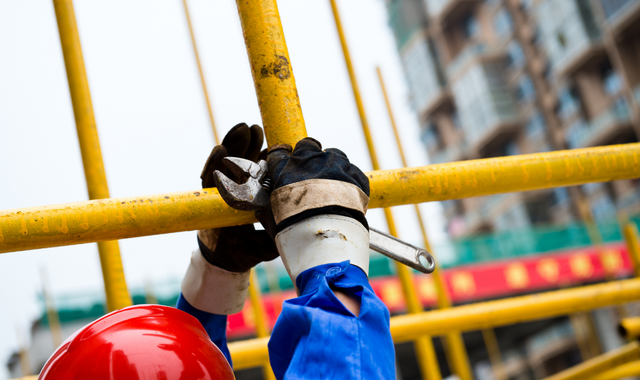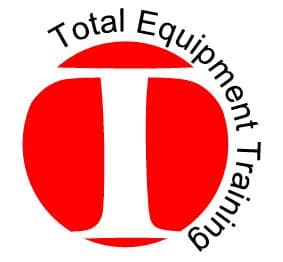
Innovations in construction have resulted in stronger, more durable, and aesthetically pleasing materials and designs being used to create our homes and places of work. Our ambition to build better is undeterred by the hazards surrounding the risk of falling. One workaround to this was in making scaffolding: temporary access utilities constructed outside of the main structure.
Apart from providing workers with alternative means to access a building under construction, they also act as access means to supply materials to the site. OSHA (Occupational Safety and Health Administration) is the governing body that creates guidelines and safety regulations that should be followed when it comes to construction. OSHA has several protocols in place concerning general scaffolding requirements and how to manage safety and efficiency on site.
Why Bother With an OSHA Scaffolding Training?
There are several risks that come with working on scaffolds at an elevation:
- Falling due to lack or absence of fall protection
- Scaffolding collapse, caused by overloading and/or instability
- Impact from falling materials (tools, debris, work materials)
- Electrocution from contact with live lines in proximity.
With exposure to hazards like these, (of which some could be fatal), it becomes essential to have scaffold training done for all site staff. They must be competent and qualified, and should be obtained from a nationally recognized OSHA compliant organization. Learn more about the most common OSHA violations.
The trainer’s core responsibilities shall be to train staff on recognizing hazards and how to minimize them, load limits, and how to properly erect, use and dismantle scaffolding. Contact Total Equipment Training to learn about scheduling your scaffolding training.
When Do You Have to Renew OSHA Scaffolding Training?
Training can be renewed whenever an employer or employee feels that they require additional training. However, there are conditions that make retraining necessary. The most common are:
- The nature of the worksite changes, introducing new hazards an employee has not been trained in.
- There is a change in the type of scaffolding being used that the worker has not been trained on.
- The employer deems it necessary to retrain an employee who demonstrates inadequate proficiency.
Visit our heavy equipment training programs for your onsite Scaffolding training.
How Long Are OSHA Scaffolding Training Certificates Good For?
OSHA does not require re-certifying your employee, Nevertheless, employers are required to provide training or re-training whenever an employer sees that an employee lacks the skill or understanding needed for safe work involving erection, use, and dismantling of scaffolds.
Re-training is also required when the worksite presents a new hazard the employee has not been previously been trained.
It can be less costly to retrain your staff than to deal with the fees if a mistake occurs. Learn more about the benefits of an OSHA Scaffolding Certification.

OSHA Scaffolding Requirements
OSHA has several requirements when working with scaffolding:
- Weight capacity – The scaffolding must be sturdy enough to support its weight and four times its maximum intended load, without any displacement.
- Stability – The scaffolding should be firmly based to prevent tipping over from any shifts in weight or weather conditions. Cross-bracing the scaffolding will greatly enhance stability.
- Supervised setup – Setting up, dismantling, or moving of the scaffolding should be guided by a qualified and competent person.
- Extra Precaution – These are measures to enhance safety for workers using the scaffolding. They include guard rails, mid-rails and toe-boards that must be in place on any scaffolding.
- Maintenance – Inevitably, parts of the scaffolding will experience wear and tear. These components must be replaced or repaired as soon as they are identified.
- Platforms – These access surfaces should be fully planked and regularly cleaned of debris, a slipping hazard.
Scaffolding Inspection – A competent person must carry out an inspection on the scaffolding before and after every use of the scaffolding. - Access – The scaffolding should have clearly indicated and unobstructed access points free of debris and loose stones.
Power line Distance – All scaffolding should be erected/set up well away from any overhead cabling to avoid electrocution.
Train & Certify Your Employees in Scaffolding With Total Equipment Training
There are several online resources that claim to provide scaffolding training. However, the quality of the training they redirect to may be sub-par, leave out essential information, and not be verified by any governing body. Total Equipment Training is a nationally recognized, OSHA-compliant organization providing qualitative training, not only for scaffolding training but a large variety of other courses in the construction and heavy equipment industries.
Trust the experienced and qualified staff to equip individuals or groups with the skills and competencies needed to keep the site safe and efficient. Reach out to Total Equipment Training for all your heavy equipment training needs.

